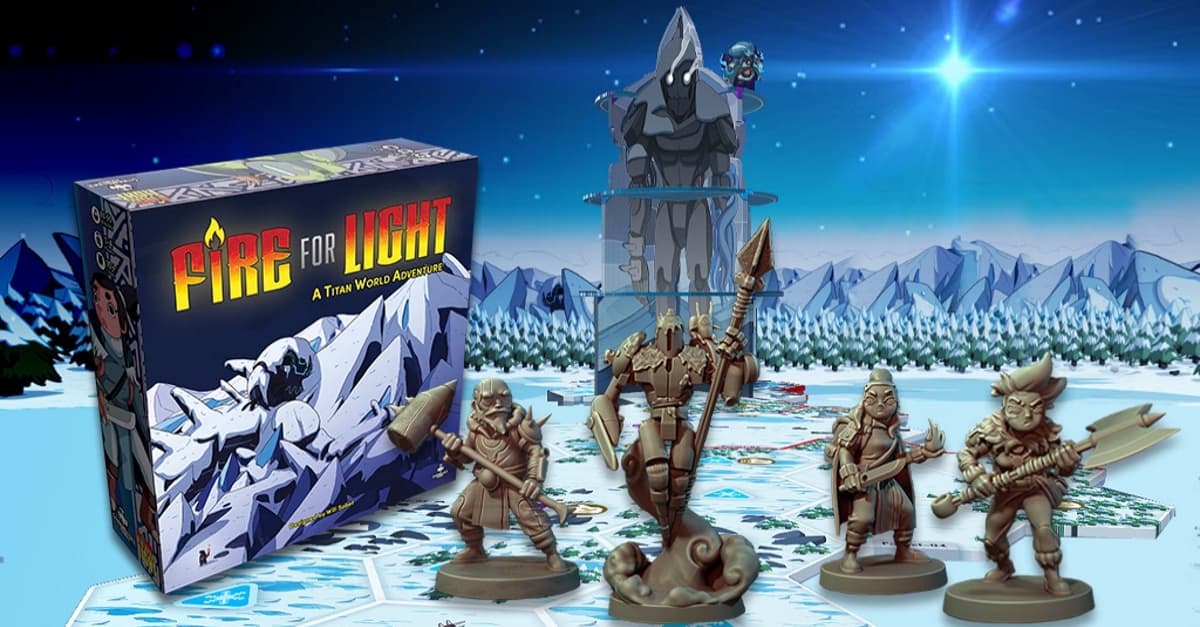
Fire for Light is a cooperative survival-adventure dungeon crawl campaign game. 15 Main Chapters tell a cohesive story, but other Chapters may unlock through choices and the outcome of other Chapters. Each explorer has a different playstyle, as well as a personality and character arc that you’ll see over the campaign.
Each Chapter plays differently from the others provides different set-up rules, in-game effects, and objectives. You’ll find all of that in the Set-Up portion of the Storybook – which is your most essential tool. The key to playing (or at least succeeding) any Chapter of Fire for Light is the Storybook.
First Thoughts
As a lover & avid RPG player I was excited to play Fire for Light, as from the first glance at the rules it seems like as close to an RPG as I have ever seen. Balanced characters, rich story telling & an epic adventure that only you can choose the right path.
Yet, I’ve been this excited & promised all this before. Will it live up to the hype and set my world on fire or will the fire burn out? Guess we are about to find out!
Set-Up
- Suit Up. Each player takes their explorer miniature, explorer mat, associated Ability cards, Awareness card, and Action cubes in their associated color.
- For each explorer not controlled by a player, take that explorer’s Sidekick card and a number of that explorer’s cubes (see below). Place those cards in the Awareness Row below the Campfire board with the highest Awareness value on the left and descending to the right.
- Gather all of the tokens, dice, and bonus Action cubes, and place them nearby.
- Tell a Tale. Find your team’s current Chapter in the Storybook. Each Chapter has an opening narrative that brings the story forward and gives you an idea of what to expect.
- Build the World. Each Chapter has unique Set Up instructions that give specific details about the rest of the game set-up, but here are some things it usually covers.
- Which map tiles to use, what order they go in, and which tiles use an elevation stand.
- Which Foes spawn, and on which Lairs.
- Whether to use the Light dial (when outdoors) or Torch tokens (when indoors) and what values or quantities to use.
- Your team’s starting Spirit value tracked on the top of the Campfire board.
- Chapter-specific rules may ask you to find a specific component such as an Item or other tokens.
- Finally, you’ll find your Objective. Usually, these are directions that point you to another part of the Storybook once you’ve completed an Action, series of Actions, or fulfilled a specific parameter.
How to Play
Fire for Light plays in a series of rounds. Each round consists of two phases; the Explore phase and the Environment phase.
Explore Phase – During this phase, enemies and characters activate based on the order of the Awareness Row, starting with the left-most Awareness card. These Activations have 3 different types, based on which type of card is activated. When an Awareness card activates, it becomes the turn for that entity. When they’ve completed their turn, the Awareness card to the right activates. Finally, when the right-most Awareness card completes their turn, it becomes the Environment phase.
Explorer Awareness Cards – When an explorer activates, it becomes that player’s turn. That player gathers all of their available Action cubes then assigns them to any available Action in an Action Menu. Available Actions are those without an Action cube. Action Menus show several options of Actions and come from various places.
You can find Action Menus on explorer mats, Sidekick cards, Ability & Item cards, or the Campfire board.
Actions can be mix-and-matched or interrupted by other Actions. You do not have to complete the effect of an Action to perform another Action. Players may place Action cubes on multiple available Attack Actions and combine the number of dice they roll against a single target.
Team Actions – When more than one explorer is in the same region, they may activate a Team Action when placing an Action cube. To do this, spend 1 Spirit. Then, any explorers in that region may place Action cubes to supplement your Action.
The explorer who initiated the Team Action then resolves all of those Actions gaining all bonuses, penalties, and effects. If a Team Action resolves an Attack Action, the initiating explorer gains the rewards if the Attack is successful and suffers Retaliation if the Attack is a failure.
Sidekick Card – Sidekicks are characters not controlled by a player. During a Sidekick turn, the only thing that happens is that each player takes ONE Action cube from that Sidekick card.
Enemy Card – Foes and Adversaries take their turns when their Awareness card activates. Enemy cards have between 1 and 4 Behaviours that appear at the bottom of their card, which tells you how each enemy of that type takes their turn. Starting with the topmost Behaviour, each enemy of that type resolves each Behaviour in descending order to the best of their ability.
Environment Phase – During this phase, the weather and terrain fight back against the explorers. Each of these effects is resolved entirely in the order listed. Then, return to the Explore phase.
Exposure Roll – Each player rolls a number of dice determined by the Light dial value (if outdoors) or the number of extinguished Torch tokens (if indoors) to determine their exposure to the elements. Add an additional number of dice to this roll for each cold icon in your region. After you roll, each player may choose dice to re-roll. For each instance of Warmth, an explorer re-rolls a single die during that re-roll. If an explorer has no Warmth, they have no re-rolls.
If an explorer is in a region with another explorer, they each have one Warmth. Each explorer in the same region as a Campfire also has one Warmth.
If an explorer rolls more sword than their total Action cubes, they suffer 1 Exposure. When an explorer suffers exposure, they take one of their Action cubes and exile it.
End Game
This Storybook is a companion piece to Fire for Light. When you set up a game of Fire for Light, you’ll look at the rules for a particular scenario, called a Chapter, which you’ll play in order following the guides at the beginnings and ends of them.
The work you did during the Chapter will be recorded and might be used as rewards or punishments and affect future games. While reading the endings to each chapter, you’ll be asked to read some small passages to resolve your story and record your progress on the Chapter Summary Page. You can find each Summary Page at the end of the associated chapter.
Remove any remaining enemies from the map, and place them back in the box. Read each bullet point below from top to bottom, read the associated sections, do what it says, and then read the next in the list. You’ll need to have the Chapter Summary Page handy while filling this out

Gameplay
I’ve said it before & I’ll say it again. If you get a chance to sit down with the designer of the game, do it. It adds so much depth & the little tidbits you get along the way are priceless.
That being said, I did just that. I got to play with Will Sobel, the designer of Fire for Light & I was excited….. until I realised that when he said 1pm that was his time and not mine. As my alarm woke me up at the ungodly hour of 4.45am on Saturday morning I wasn’t as excited when I first read the rules, as it was a little early for this ex-night club bartender.
Luckily a strong coffee & an excited designer made the early hour much better & the excited lifted again.
Will ran me through the rules, which I was surprised how simple they were. Each step was just made sense & you could pick it up with very little explanation, as it just made sense. Weird as that may sound, i know of many games that even with the rules & the items directly in front of you it seems over confusing.
We chatted a bit more & got down to play prologue of Fire for Light.
The board was set out; 3 large tiles with multiple regions on each tile, 3 baddies & our 2 players. Which confused me, as this was meant to be RPG like but felt a bit claustrophobic. There were spaces you could easily move & plenty of different avenues you could take but your space was limited. Which I actually loved, as too often in RPGs if you give your players an inch, they take a mile. So, by limiting players movement, it allows people to explore & play the way they want without derailing the narrative. Which is great game design.
And that what is so weird about Fire for Light. It is a beautiful well written narrative that could of easily have been RPG; It plays and has the structure of a worker placement & the art of your favourite anime. With an ever-developing story with takes place over 20 chapters that evolves and changes based on your choices.
Art
The best way to describe the art for Fire for Light is…… I guess the only way to describe it is if your Favourite Fantasy RPG Characters were suddenly sent to an anime world. The art is so cute but with a heavily fantasy feel, the monsters could have quite easily have come from a digimon cartoon. And I personally love it! The art makes this game more approachable for people of all ages, & differentiate it from other fantasy games with the more traditional art.
One of the little tidbits I learnt from Will was regarding the art. All the art for Fire for Light was actually commission and completed before Will was brought on to design the game.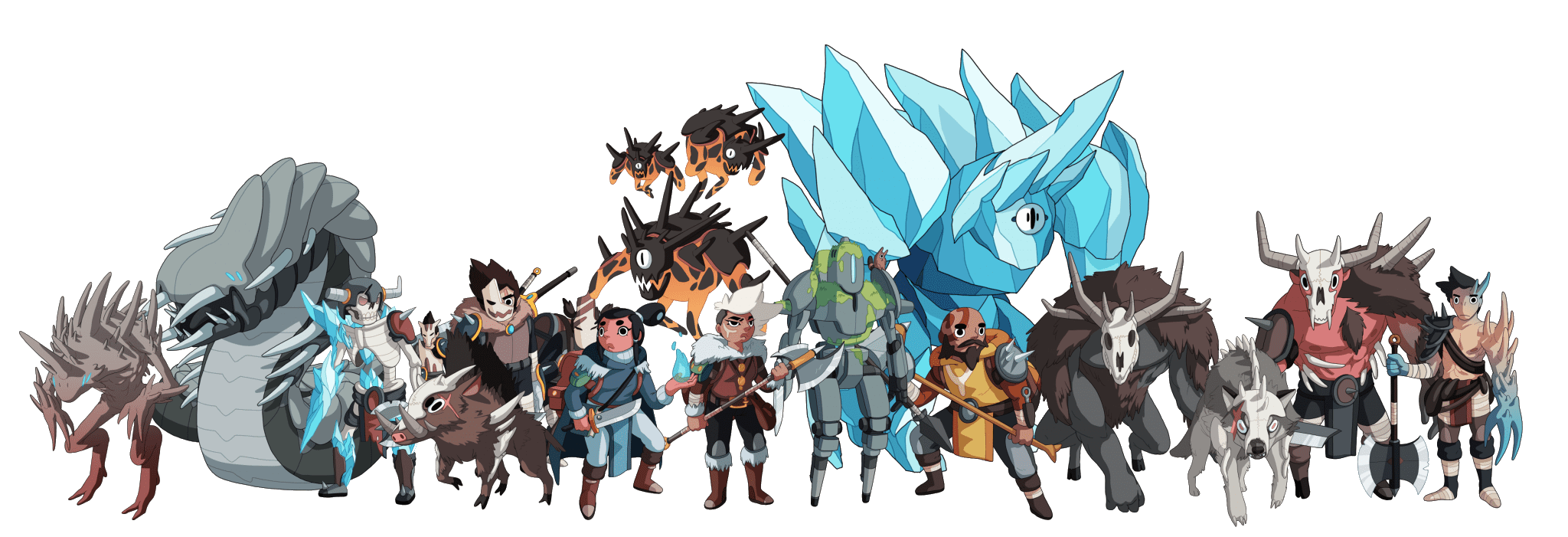
Final Thoughts
Fire for Light has so many beautiful designed elements that would seem that they shouldn’t go together; but the nuance of which these parts have been intertwined is really something special. It feels part worker placement, part RPG set in a fantasy world that looks like your favourite anime. It truly was an amazing game & if this was just the worker placement style game, I would have enjoyed it. But is the writing and story of this game that makes this game next level.
If you only buy one game from any of my review this year, this is the one you have to buy. I know it is only March, but expect this game to be in my top 3 for 2022!
If you would like to back Fire for Light, you can head here & click the notification button or sign up to there newsletter here

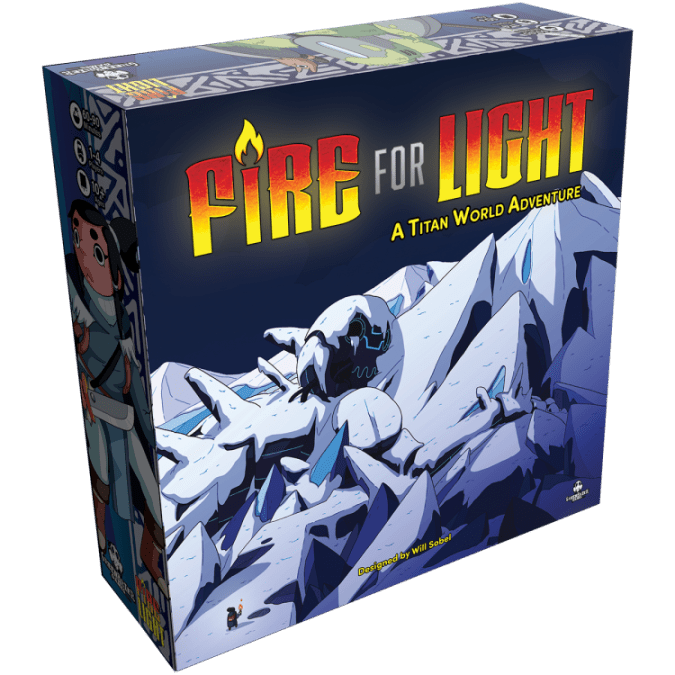
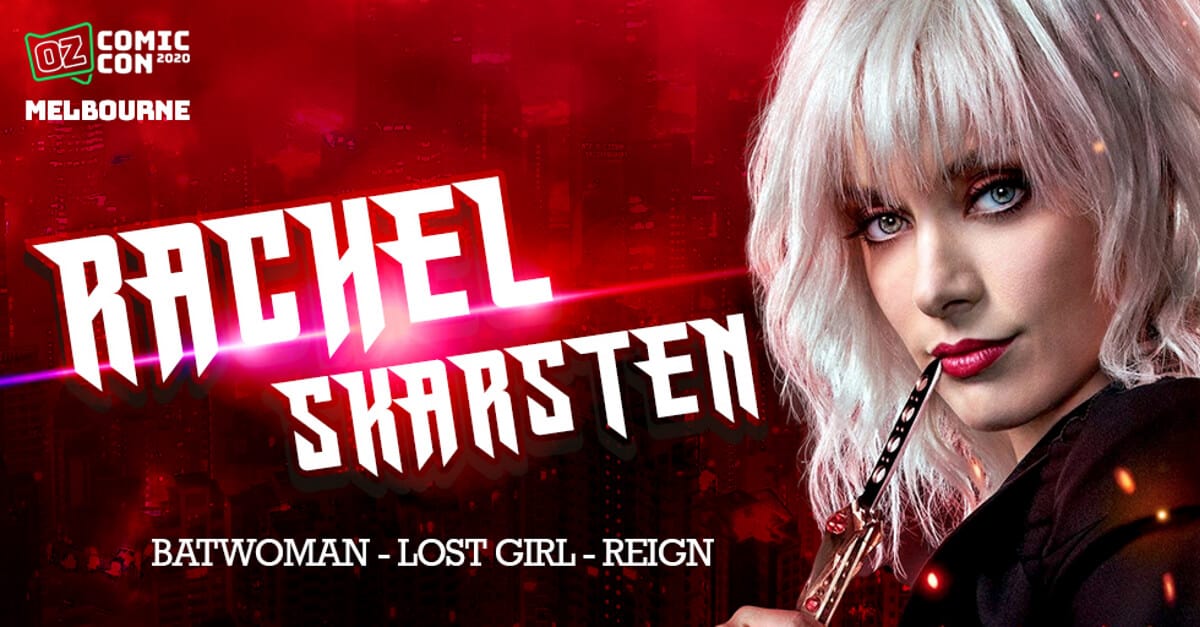
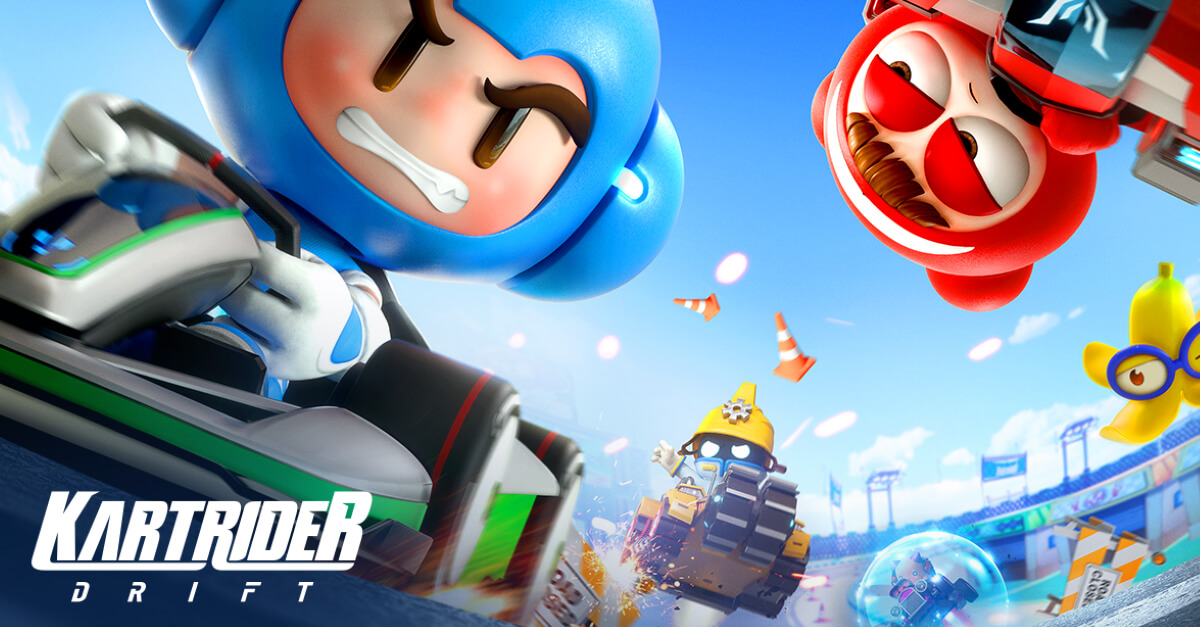


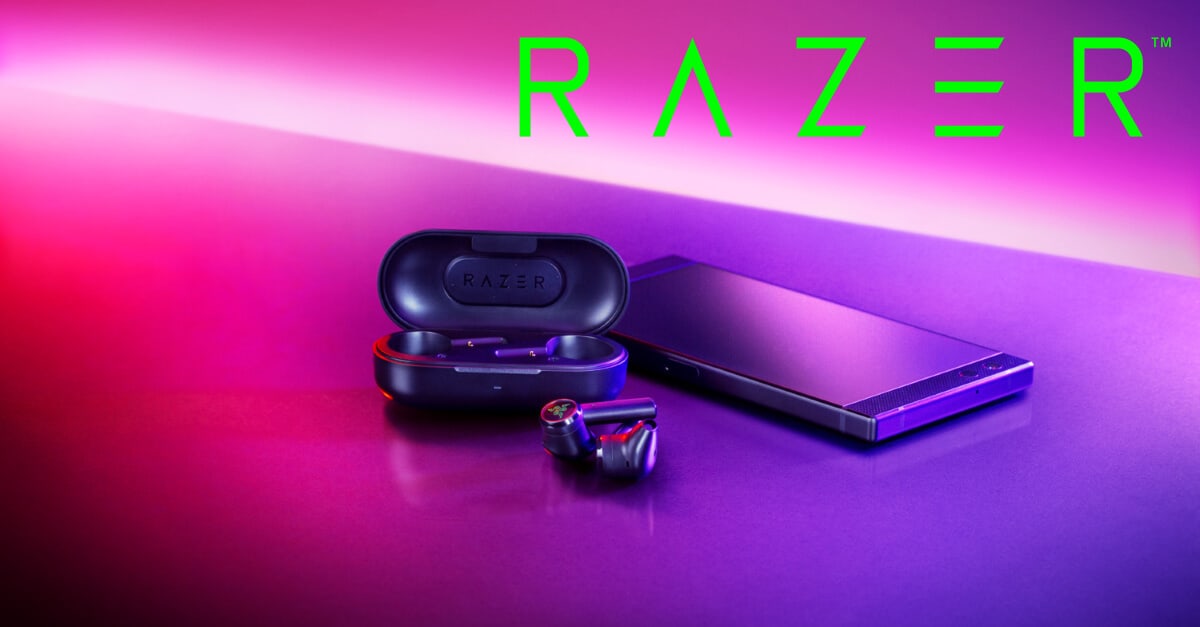
Recent Comments